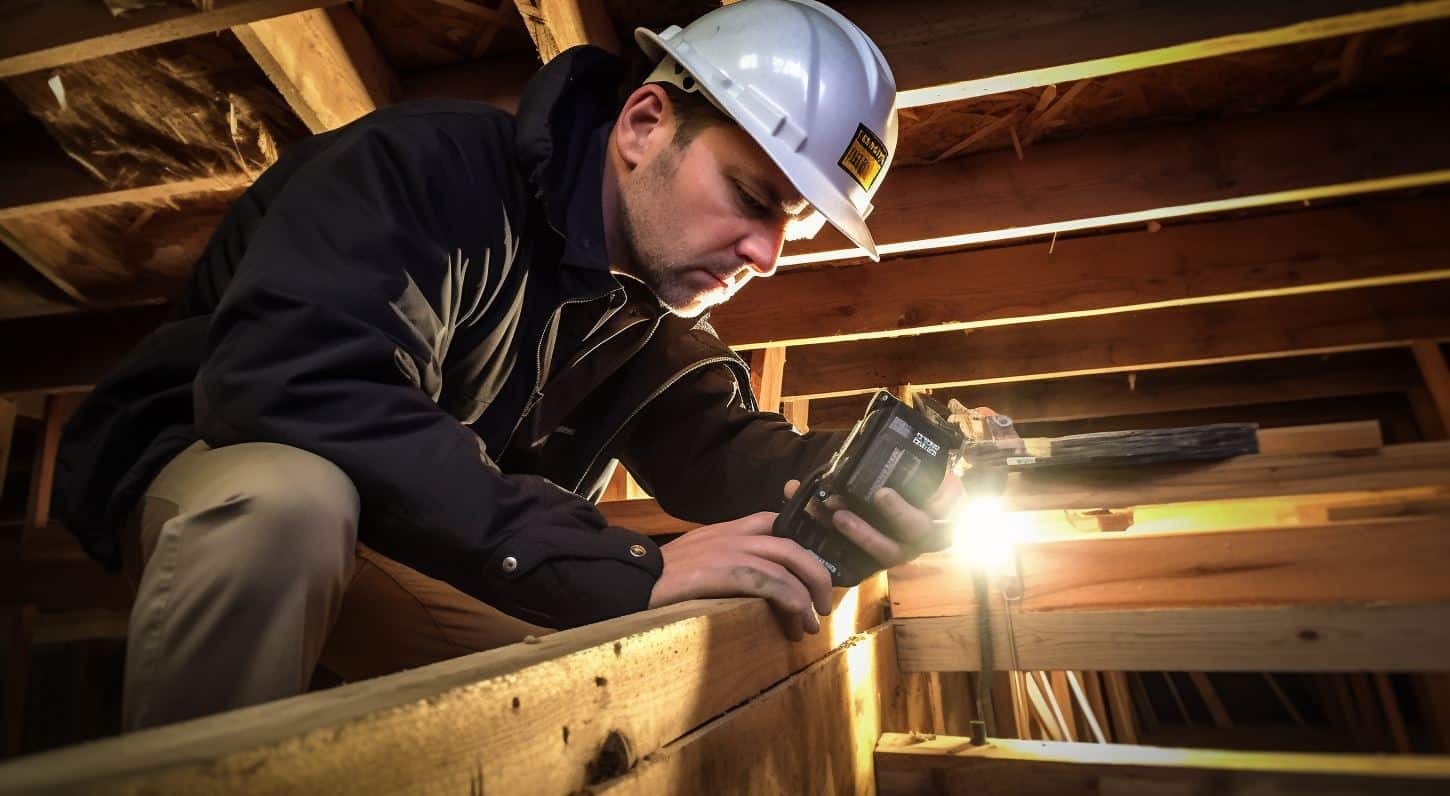
Inspection Steps in Wooden Buildings in Canada:

Following these inspection steps ensures your wooden building project in Canada abides by the strict regulation frameworks established within the industry to assure safety, quality, and structural integrity. Always maintain clear communication with your local municipal building department for any region-specific requirements.
